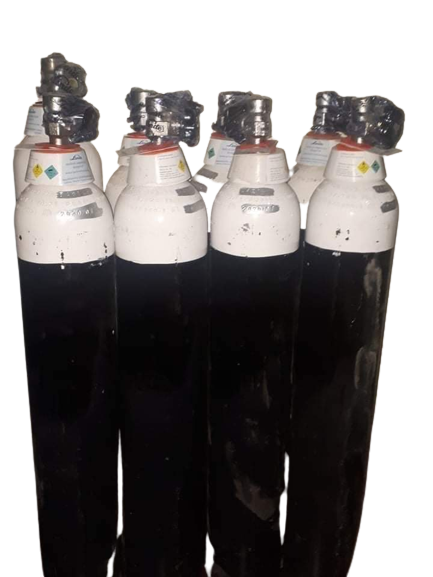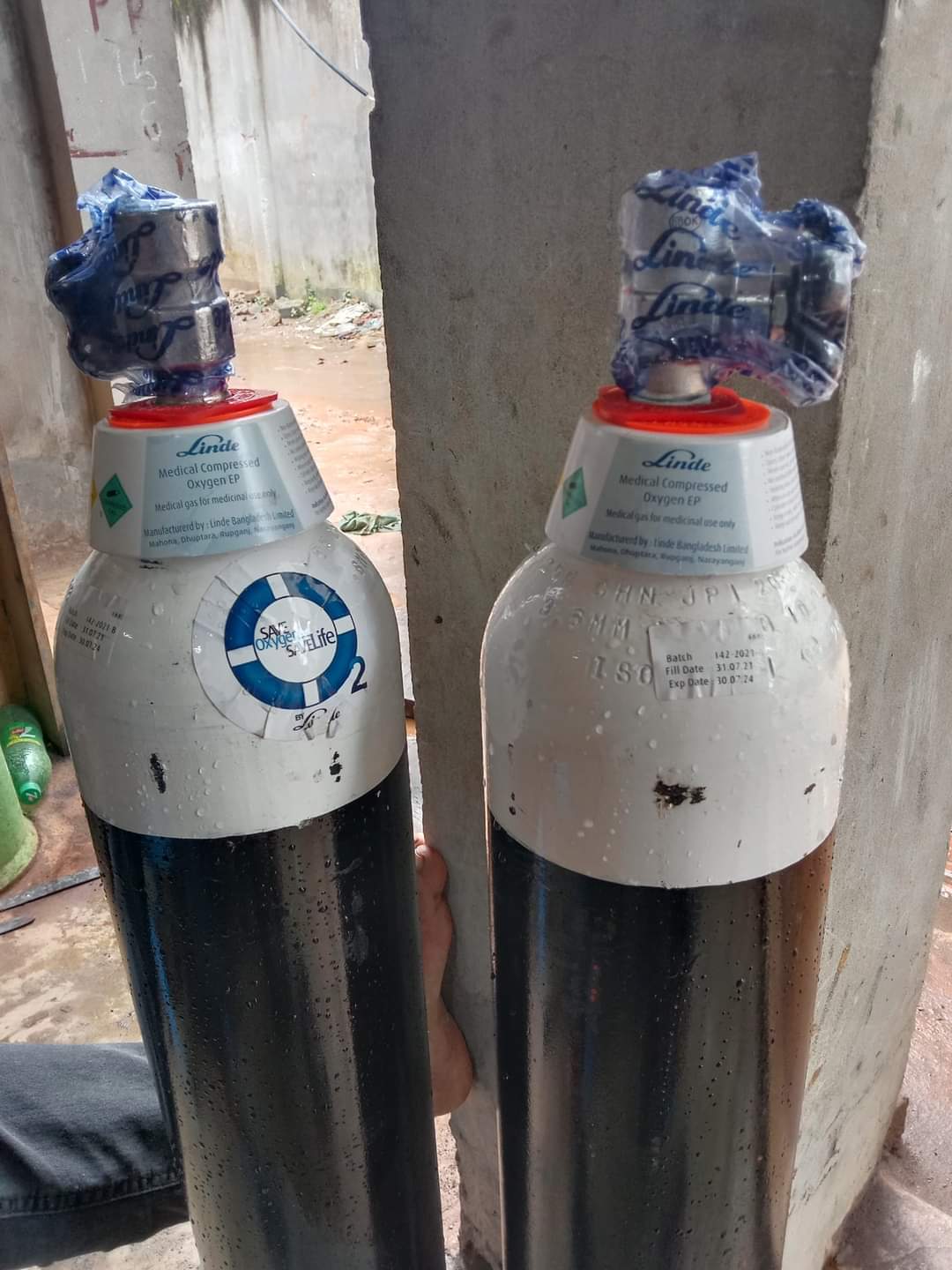

A medical oxygen cylinder is a portable container that stores and delivers oxygen for medical use. Medical oxygen cylinders, typically made of aluminum or steel and filled with compressed oxygen gas, find use in various settings such as hospitals, ambulances, and homes. They treat a range of conditions like respiratory problems, heart failure, and trauma.
Medical oxygen cylinders are typically filled with oxygen gas that is 99.5% pure. This is because pure oxygen can be harmful to the lungs if it is inhaled for an extended period of time. The oxygen in a medical oxygen cylinder is compressed to a pressure of about 2,000 pounds per square inch (psi). This pressure allows the cylinder to store a large amount of oxygen gas in a relatively small space.
Medical oxygen cylinders are equipped with a regulator that controls the flow of oxygen gas. The regulator is connected to a flowmeter, which measures the amount of oxygen gas that is being delivered. The flowmeter is connected to a nasal cannula or mask, which is worn by the patient.
Medical oxygen cylinders are typically refilled at a medical supply store or hospital. The cylinder is first emptied of oxygen gas and then filled with fresh oxygen gas. The pressure of the oxygen gas in the cylinder is checked to ensure that it is within the safe range.
Never smoke or use open flames near a medical oxygen cylinder.
Store the cylinder in a cool, dry place away from direct sunlight.
Never drop or knock over a medical oxygen cylinder.
If the cylinder is leaking, close the valve and turn off the oxygen flow.
If you have any questions about using a medical oxygen cylinder, ask your doctor or pharmacist.
We use cookies to enhance your browsing experience, serve personalized ads or content, and analyze our traffic. By clicking "Accept All", you consent to our use of cookies.